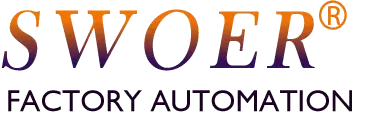- High Initial Investment
- Description: The design, manufacturing, and debugging of a custom automated assembly machine involve significant costs.
- Pain Point: A major barrier for small and medium-sized enterprises, with a long return on investment period.
- Poor Flexibility and Difficult Changeover
- Description: Dedicated assembly machines are built for specific products. Retrofitting them for new models is often difficult, time-consuming, and costly.
- Pain Point: Inability to quickly adapt to market changes and the trend of high-mix, low-volume production.
- Complex Debugging and Maintenance
- Description: These complex machines require skilled engineers for setup and troubleshooting. Downtime for repairs can be lengthy.
- Pain Point: High dependence on technical expertise, leading to high maintenance costs and production losses.
- High Sensitivity to Incoming Part Quality
- Description: The feeding and positioning systems rely on part consistency. Variations in size, burrs, or deformation cause jams, malfunctions, and defects.
- Pain Point: “Garbage in, garbage out.” Automation amplifies part inconsistencies, increasing the risk of line stoppages.
- Small Failures Cause Major Downtime
- Description: An assembly machine is a series system. A failure in any single component can halt the entire production line.
- Pain Point: Overall equipment efficiency is vulnerable to single points of failure.
- Shortage of Technical Talent
- Description: There is a scarcity of technicians and engineers skilled in operating and maintaining complex assembly machinery.
- Pain Point: Companies may invest in equipment but lack the personnel to operate it effectively, leading to underutilization.
In summary, the main pain points of assembly machines revolve around four core challenges: cost, flexibility, reliability, and talent. A thorough assessment of these risks is essential before implementing automation.
